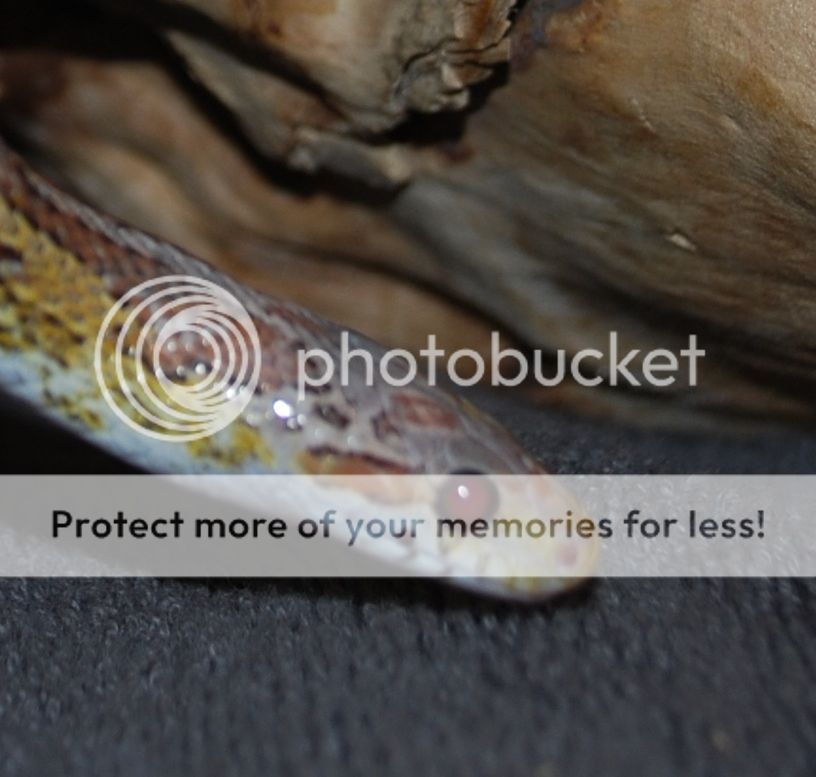dave partington
Crazy Dave
I have found a really nice female granite ultramel. Once id had a good look at the snake I noticed that it didn't have any patterning on its belly is this common in this morph or could it also have the motley gene? Photos will soon follow one she is at home with me.
What are both parents of this snake :
a) PROVEN heterozygous and
b) homozygous for, please?
Once you get the amel gene and the ultra gene floating around in there together, and get a few years experience breeding them, then the real hair-pulling-out-trying-to-figure-out-what-you're-looking-at begins. It's really easy to have visual ultras, visual ultramels, and toss in some anery of any kind (silver queen, lavender, caramel, anery a, anery b, cinder) combined with a medley of "defining head patterns" and toss in some mixture of patterns...
You can spend 12 years running test breedings, even repeating some of them, and continously hit results that do not match up with what the corncalc tells you the possible outcomes are for each egg.
That's a pretty pet you have there.

